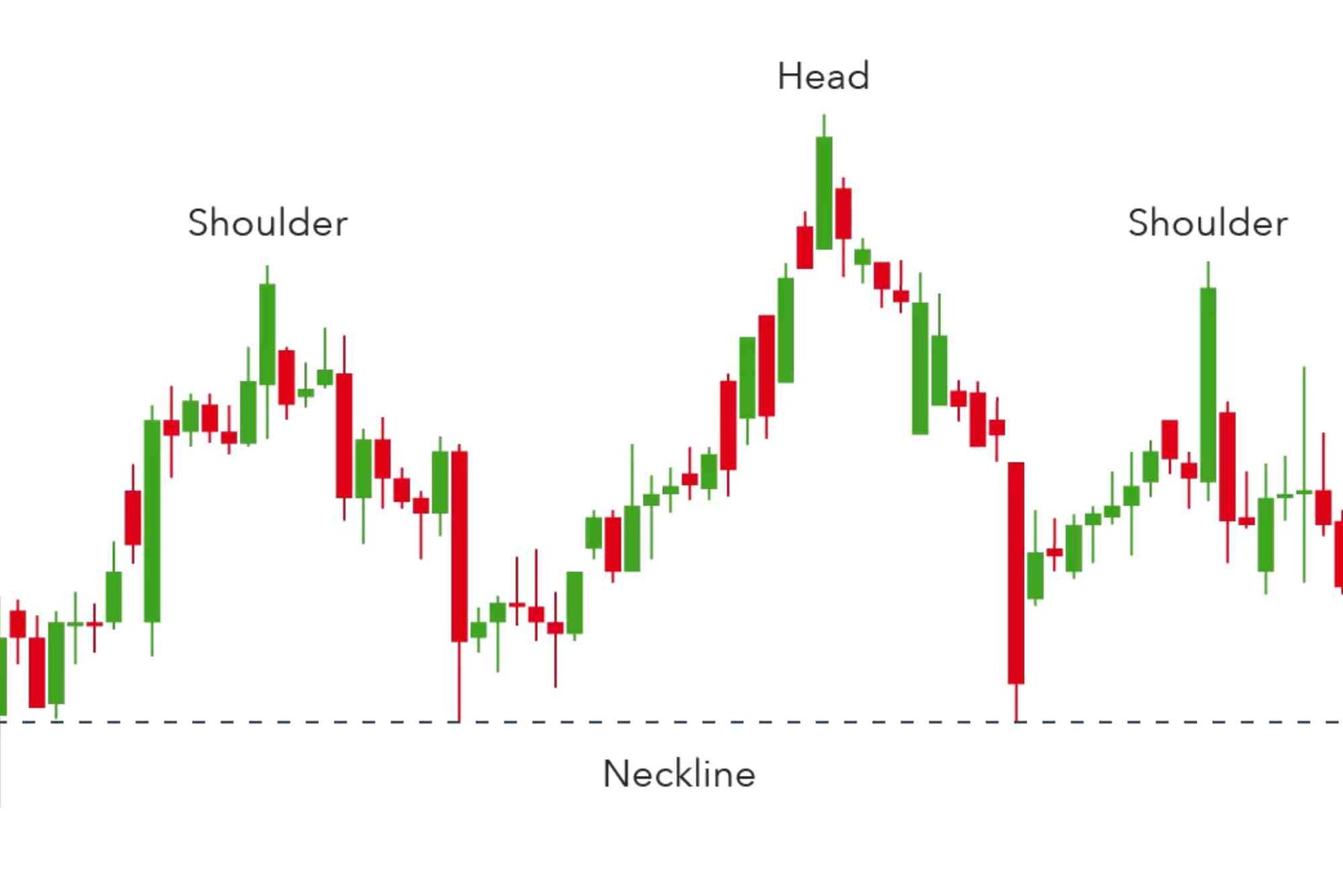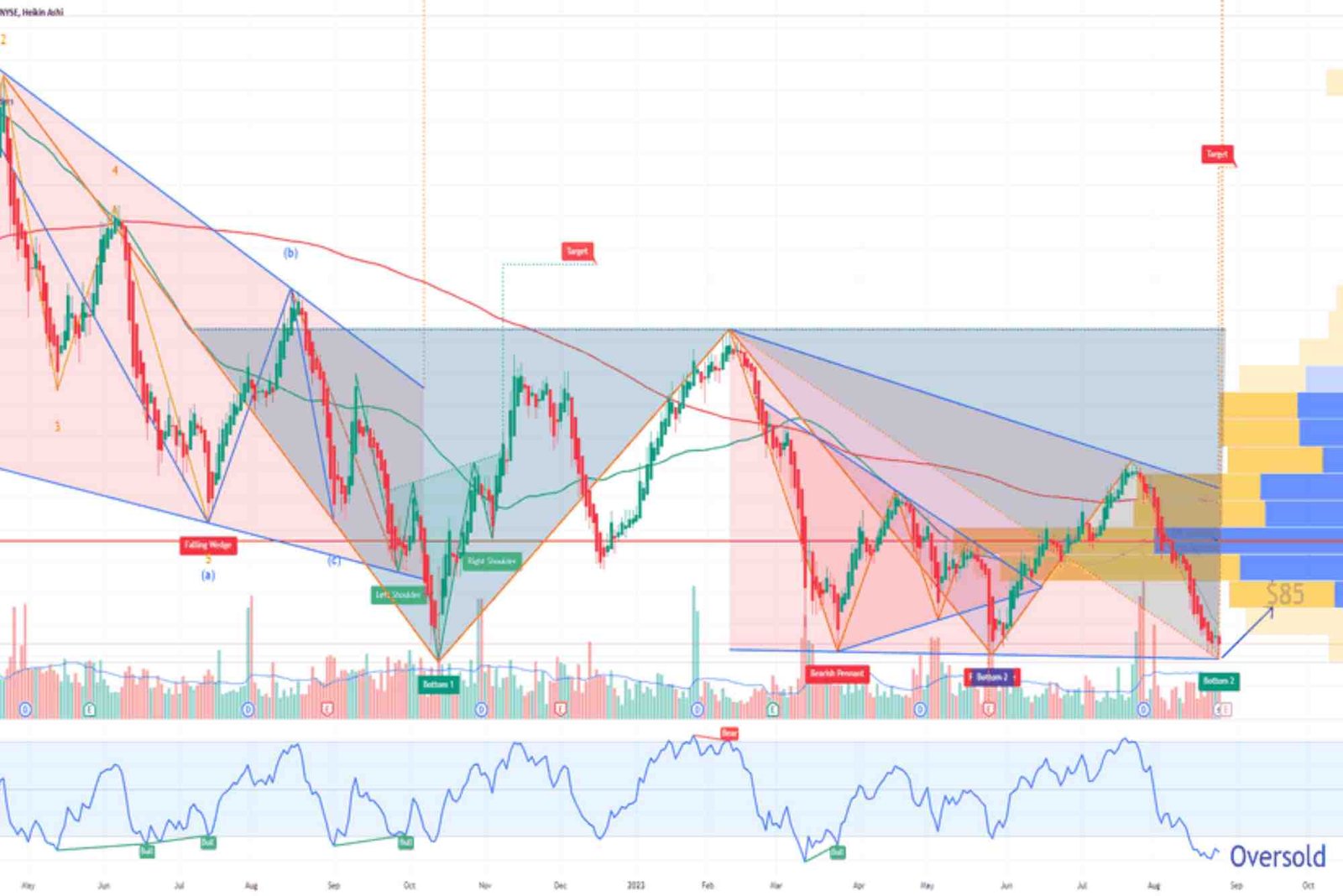What Shoes To Wear To The Gym — Practical Tips and Expert Advice
Finding the right gym shoes can completely transform your workout. The wrong pair can lead to discomfort, instability, and even injury. The right pair, however, offers support, balance, and confidence during every movement. In this guide, we’ll explore what shoes to wear to the gym, drawing from expert insights and practical experience to help you make the best choice for your training style.
Understanding What Shoes To Wear To The Gym
Choosing what shoes to wear to the gym isn’t about picking the trendiest sneakers. It’s about understanding your body, your workout type, and the surface you train on. Every activity—whether it’s weightlifting, running, or HIIT—demands a different level of support and flexibility.
The perfect gym shoe helps stabilize your body while letting you move naturally. Shoes designed for cardio, for instance, focus on cushioning and bounce. Weightlifting shoes, on the other hand, emphasize firmness and a flat base for power and alignment.
How To Choose The Right Shoes For Your Gym Routine
Selecting the right pair of shoes starts with analyzing your training style. Your shoe choice should match your workout intensity and movement pattern.
Weightlifting and Strength Training
If your gym time is focused on squats, deadlifts, or bench presses, you’ll need stable shoes. Weightlifting shoes have a flat, hard sole that prevents foot compression during heavy lifts. This ensures maximum power transfer from your feet to the floor.
Look for minimal cushioning and a firm heel. Brands like Nike Romaleos or Adidas Powerlift are top-rated for strength sessions. Their solid midsoles enhance balance and posture while keeping your knees and hips aligned.
Cardio and Treadmill Workouts
For running or treadmill workouts, cushioning is essential. Cardio shoes should absorb impact and provide a smooth transition from heel to toe. They’re designed to handle repetitive motion and reduce strain on your joints.
Lightweight running shoes from brands like Asics, Brooks, and Saucony are ideal. They’re breathable, flexible, and supportive enough for long cardio sessions. For more insights, you can Read more on www.runnersworld.com.
CrossFit and HIIT Training
High-intensity interval training demands shoes that balance stability and agility. You’ll jump, sprint, and lift—often all within one session. Look for shoes that offer multidirectional grip, moderate cushioning, and durability.
Shoes like Reebok Nano or Nike Metcon are designed specifically for such routines. They keep your feet grounded while providing flexibility for explosive moves.
Yoga and Stretching Sessions
If you dedicate part of your gym time to yoga or mobility work, barefoot-style shoes are a great option. These allow natural foot movement and better floor feel. They strengthen foot muscles and improve stability during balance poses.
Vibram and Xero shoes are excellent minimalist options that mimic a barefoot experience while protecting your feet from rough surfaces.
Practical Tips To Find The Perfect Fit
Finding the right gym shoes isn’t just about picking a brand—it’s about choosing comfort and performance that fit your feet perfectly.
Prioritize Comfort Over Style
While sleek designs may look appealing, comfort should always come first. Try walking and performing a few squats in the shoes before purchasing. Your heel should feel locked in, and your toes should have enough space to spread naturally.
Check for Breathability
Sweaty feet can cause blisters and odor. Choose shoes with mesh uppers or breathable fabrics to allow airflow during intense sessions.
Test the Grip
Whether lifting weights or performing lateral movements, traction is vital. A strong outsole grip prevents slipping and supports stability.
Rotate Between Pairs
If you train multiple times a week, consider having two pairs of shoes. One for heavy lifting and another for cardio. This extends the lifespan of both and ensures consistent comfort.
Replace When Needed
Gym shoes don’t last forever. Once the sole starts losing traction or cushioning feels uneven, it’s time to replace them. Generally, after 300–500 miles of use, performance declines significantly.
What Shoes To Wear For Different Gym Goals
Your fitness goals influence your shoe choice more than you might think. Each training type uses your feet differently, and wearing the right shoe can enhance results.
For Muscle Gain
When your goal is strength and muscle building, choose shoes with a stable base. Flat-soled shoes ensure you stay grounded during heavy lifts. Stability here translates to power.
For Fat Loss
If your focus is on fat-burning workouts, you’ll likely do a mix of cardio and strength. Hybrid training shoes offer a balance between flexibility and support, making them perfect for circuit-based routines.
For Endurance and Stamina
Endurance training often includes long treadmill runs or cycling. Shoes with superior cushioning and lightweight design reduce fatigue and maintain comfort throughout extended sessions.
For General Fitness
If your workout routine includes a bit of everything, choose all-purpose trainers. These shoes adapt to various exercises without compromising comfort or safety.
Common Mistakes To Avoid When Choosing Gym Shoes
Many gym-goers make the mistake of wearing running shoes for every workout. While they’re comfortable, they may not provide the necessary stability for weightlifting. Similarly, minimalist shoes aren’t ideal for long cardio sessions.
Another common mistake is picking shoes based on looks rather than function. A shoe might look stylish but fail to support your foot during squats or sprints. Always prioritize performance over appearance.
Lastly, avoid using old or worn-out shoes. The reduced cushioning and support can lead to joint pain and fatigue.
Expert Insights on Gym Footwear
Experts agree that your gym performance depends significantly on your footwear. Sports physiotherapists emphasize that incorrect shoes can alter biomechanics, leading to knee or ankle strain.
Professional trainers recommend evaluating your arch type before buying gym shoes. People with flat feet often need more structured shoes, while those with high arches benefit from cushioned soles.
Another expert tip is to match your shoes with your gym floor type. Rubber soles work best on hard surfaces, while textured soles provide traction on smooth floors.
For more professional tips and expert reviews, explore What Shoes To.
Care and Maintenance Tips For Gym Shoes
Proper maintenance can extend your shoes’ lifespan and ensure consistent performance. Always air-dry your shoes after workouts to prevent odor buildup. Avoid putting them in the dryer; instead, let them dry naturally.
Use a soft brush to remove dust or sweat marks. If they’re machine washable, use a gentle cycle with mild detergent. Also, store them in a cool, dry place to prevent material breakdown.
Rotating between pairs also helps maintain freshness and reduces wear and tear from repeated use.
FAQs
Can I wear running shoes for weightlifting?
Running shoes have too much cushioning, which can reduce stability during lifts. Flat, firm-soled shoes are better for weight training.
How often should I replace my gym shoes?
Replace them every 6–12 months or after 300–500 miles of use, depending on wear.
What’s the best shoe for CrossFit workouts?
Reebok Nano and Nike Metcon are great choices because they balance flexibility and firmness for mixed training.
Are barefoot shoes good for the gym?
Yes, especially for balance and mobility work. They strengthen foot muscles and improve posture.
Should I wear socks with gym shoes?
Always wear moisture-wicking socks. They prevent blisters and keep your feet dry.
Choosing what shoes to wear to the gym isn’t a one-size-fits-all decision. It’s about understanding your training type, comfort level, and body mechanics. Whether you lift heavy, run long distances, or do intense HIIT sessions, the right shoes can amplify your results and protect your body.
Take time to test, compare, and feel the difference before committing to a pair. Investing in the right footwear enhances performance and minimizes injury risk.
For expert insights and more practical guidance, visit What Shoes To Wear — your trusted source for gym-ready advice and expert recommendations.








